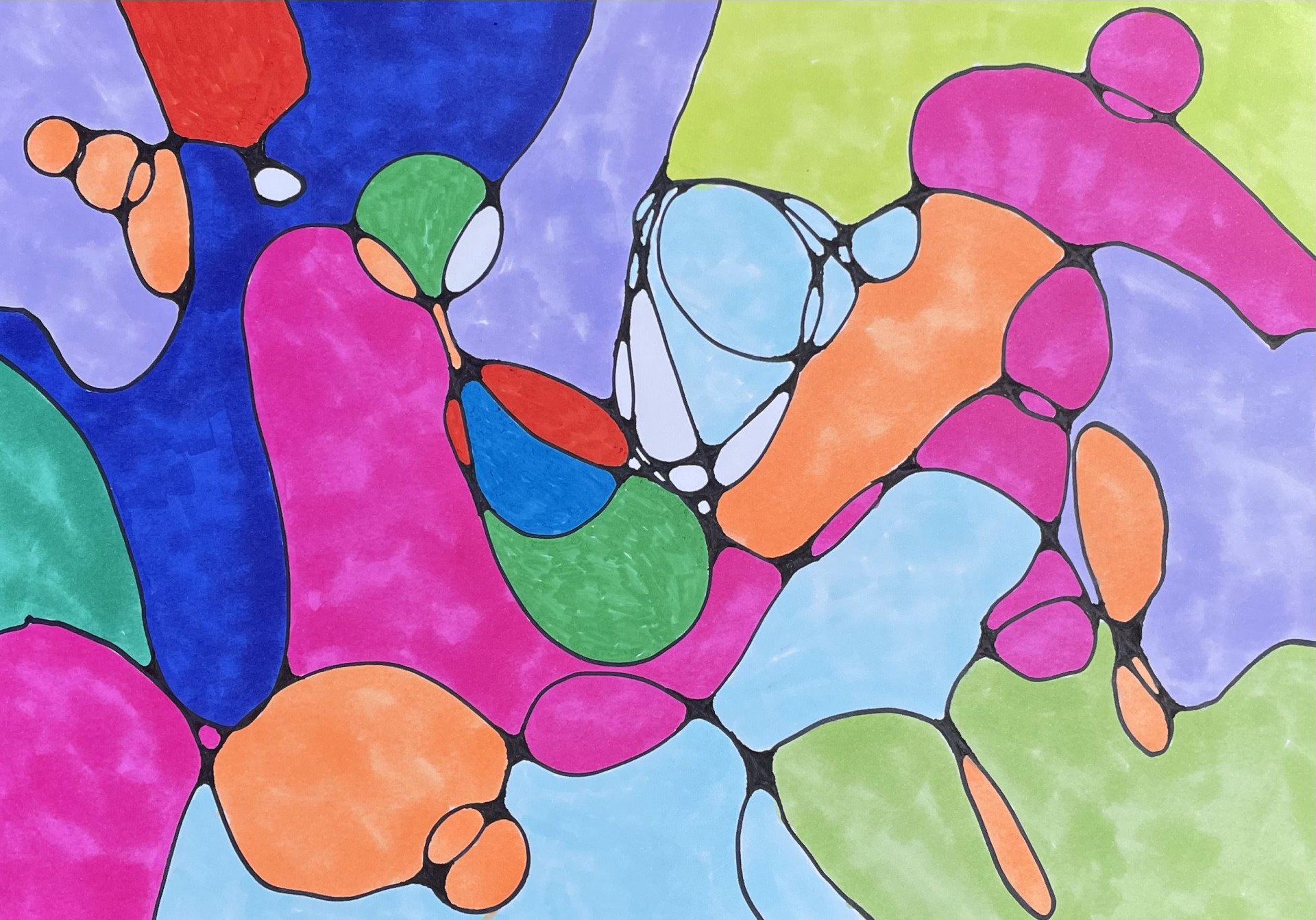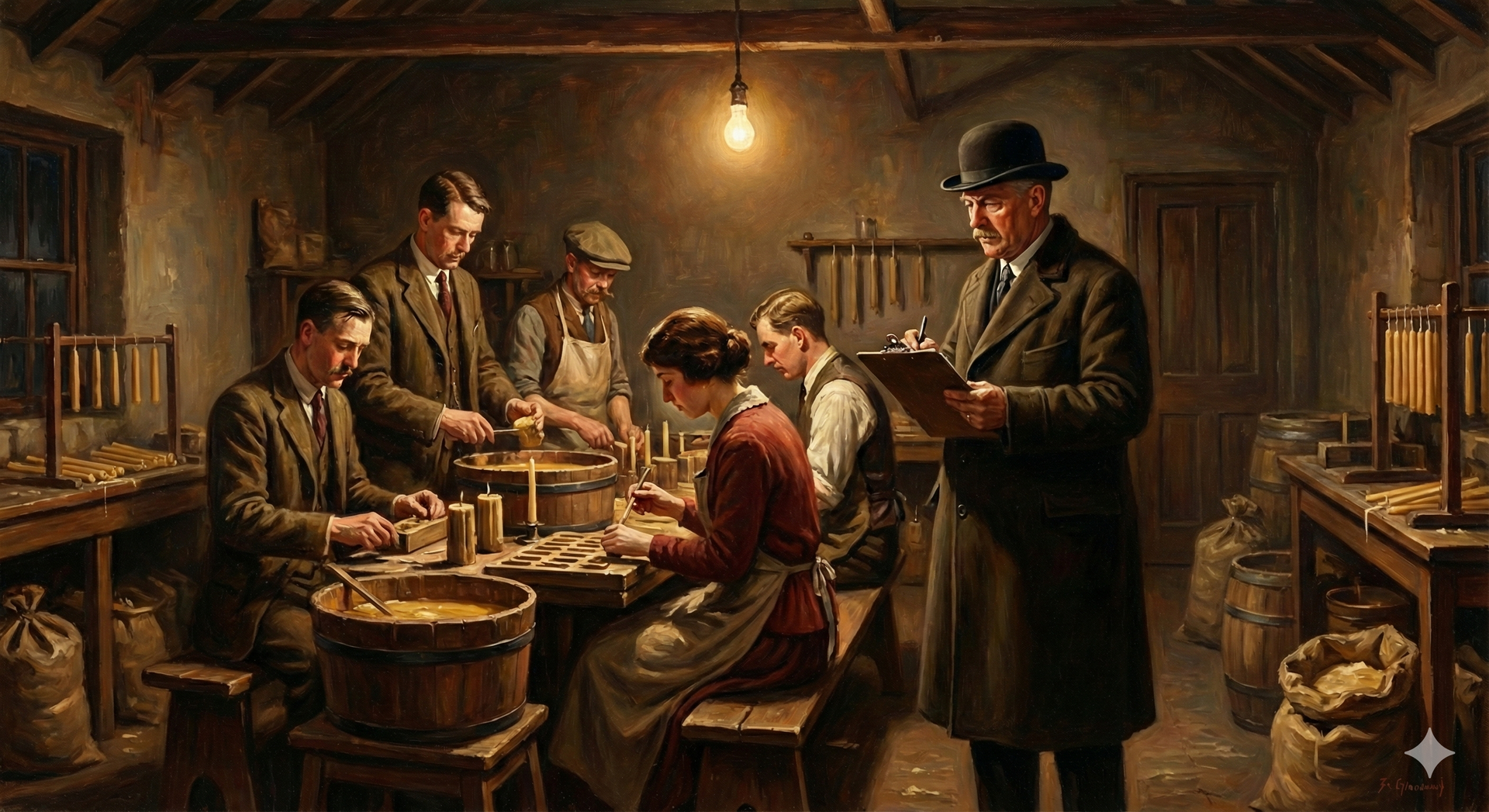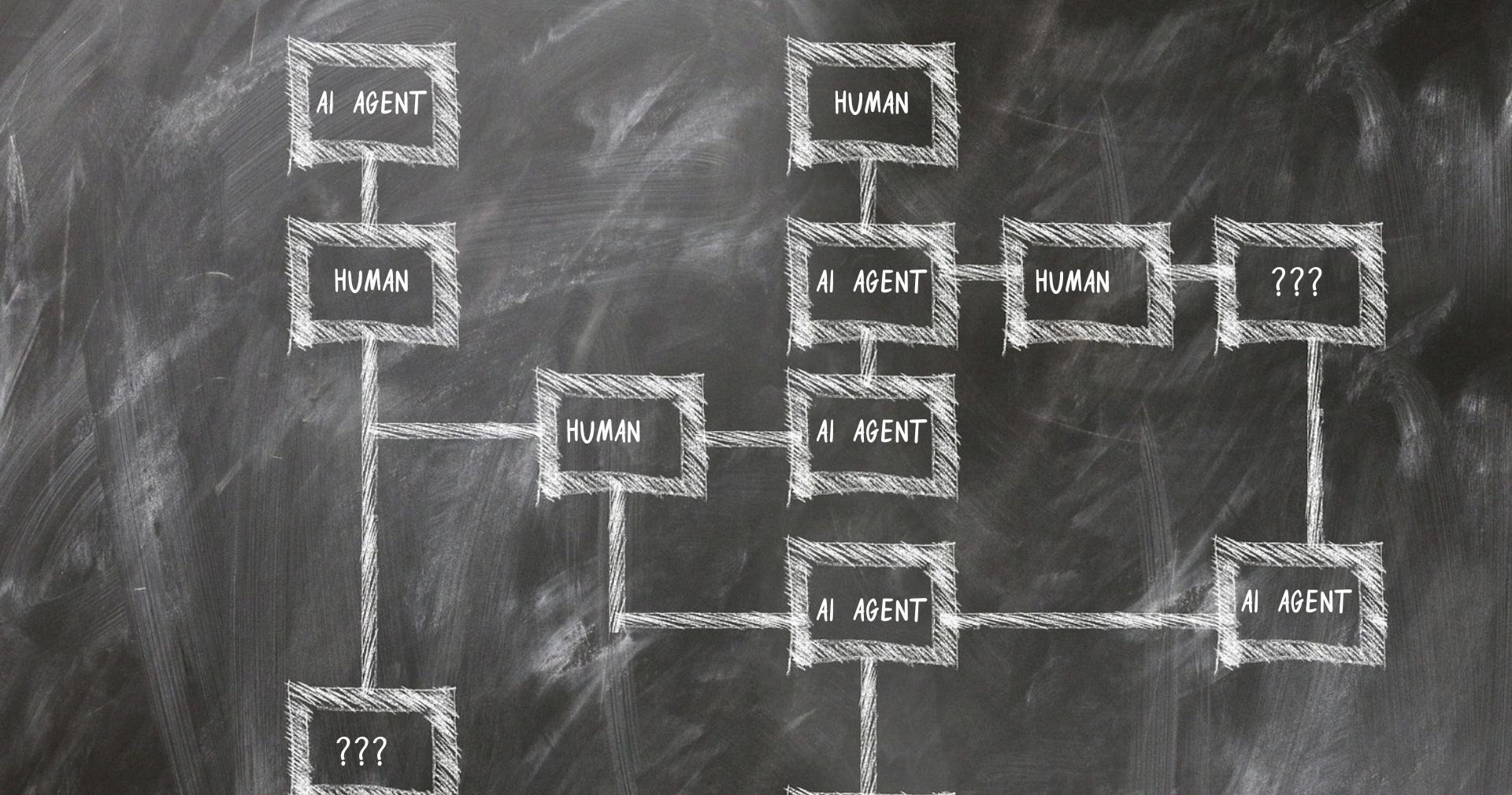Meaning making machines

One of the chapters in Thinking Fast and Slow is called ‘A machine for jumping to conclusions’. It describes the fact that we are simply unable to resist making meaning from the things we see and experience, even though they might be random or completely unconnected. It is an automatic process over which we have no control and is deeply embedded within all of us. Our desire for consistent narrative and coherence overrides doubts, missing information and uncertainty. We fill in the gaps, join the dots and make up anything we don’t know and then we get attached to the story we have created, looking for evidence that supports it and discarding anything which contradicts it. It really doesn’t matter to us whether the meaning we create is accurate, it’s just that it is clear.
I had an experience of this yesterday when engaged in a Neurographic drawing session, which quite apart from being a wonderfully relaxing, safe and rewarding experience, reinforced my understanding of how our minds work, a subject that continues to bring me great interest and surprise.
The session (facilitated expertly by Vanessa) led us through a process to create an abstract artwork. I won’t say any more about it here but do encourage you to find out for yourself; as an incentive, I will reveal that it helped me (somewhat mysteriously) with the problem which had been occupying my mind for months and allowed me hours later to see it in a different way. It was an act of letting go, silencing the babble in my head (not through control but through distraction) and gave the space for my conscious actions to connect with unconscious thoughts. This, coupled with doing it in a social setting, was a delightful way to spend a morning.
It was only when I had completed my artwork that I immediately saw an image of ET, and one of the other people in the session pointed out they could see a running man. Just to repeat, these were not something I had actively created; they were merely random shapes and colours thrown together, something that our brains immediately wanted to make sense of and fit to something familiar in order I suppose to explain what it was and how to respond to it, perhaps thereby allowing us to ignore it because of its familiarity. Having seen ET and ‘running man’ it then became impossible for me to unsee them. The interpretation (mine and my colleagues) was etched into my suggestable brain and despite the logic of knowing these were a haphazard arrangement of lines and shading, my reading of them did not shift from the story I had created for myself about what they were.
Back to the book Thinking Fast and Slow; it offers practical advice which encourages us to make meaning for ourselves prior to becoming influenced (infected might be a better word) by anyone else’s interpretation:
‘The principle of independent judgments (and decorrelated errors) has immediate applications for the conduct of meetings, an activity in which executives in organisations spend a great deal of their working days. A simple rule can help: before an issue is discussed, all members of the committee should be asked to write a very brief summary of their position. This procedure makes good use of the value of the diversity of knowledge and opinion in the group. The standard practice of open discussion gives too much weight to the opinions of those who speak early and assertively, causing others to line up behind them.’
I can’t wait to try it out, nor to produce another Neurographic art work.










